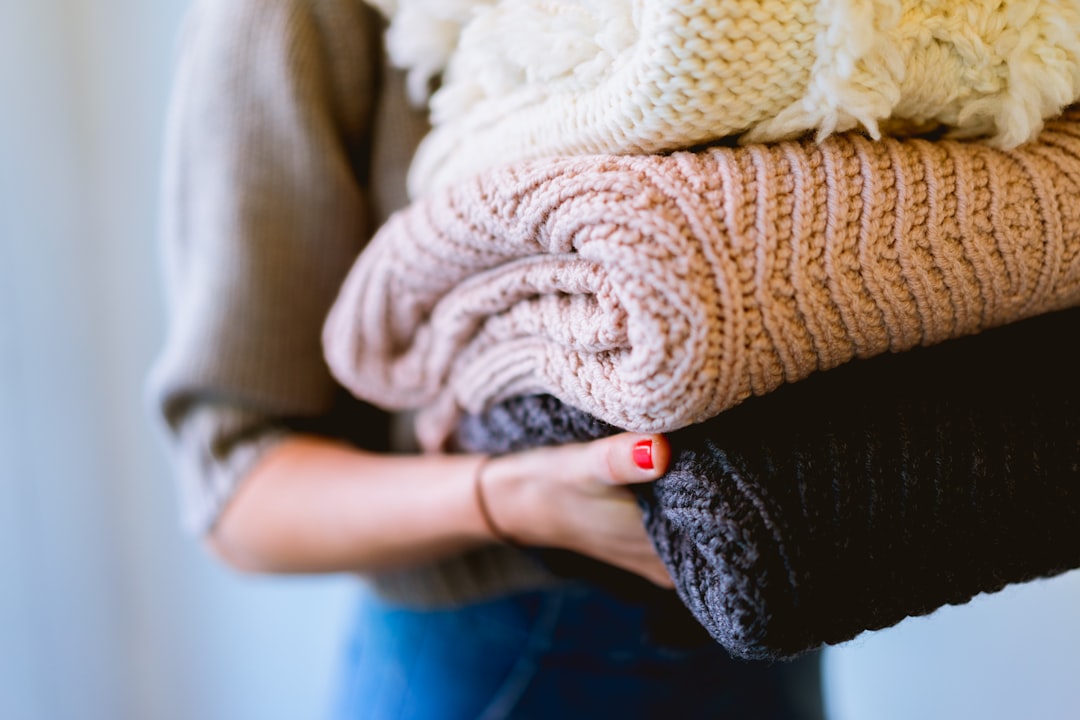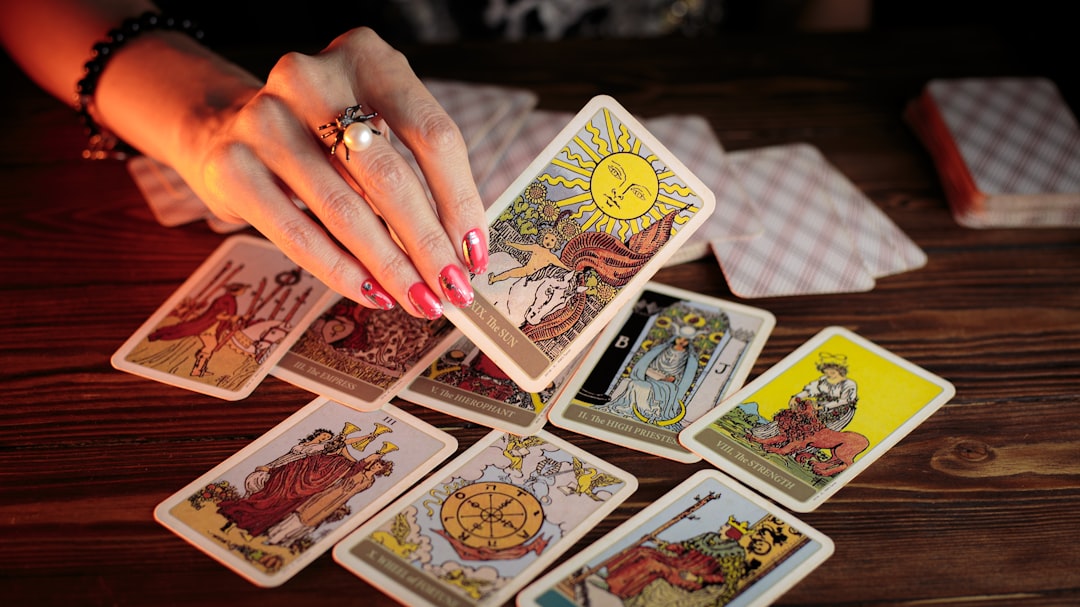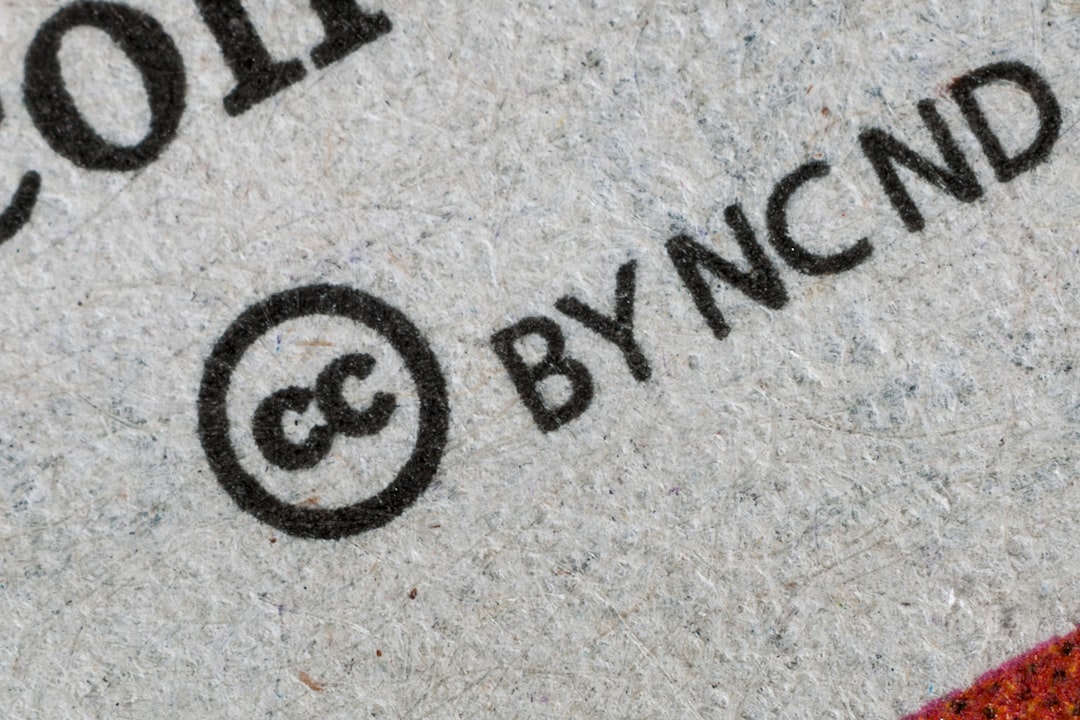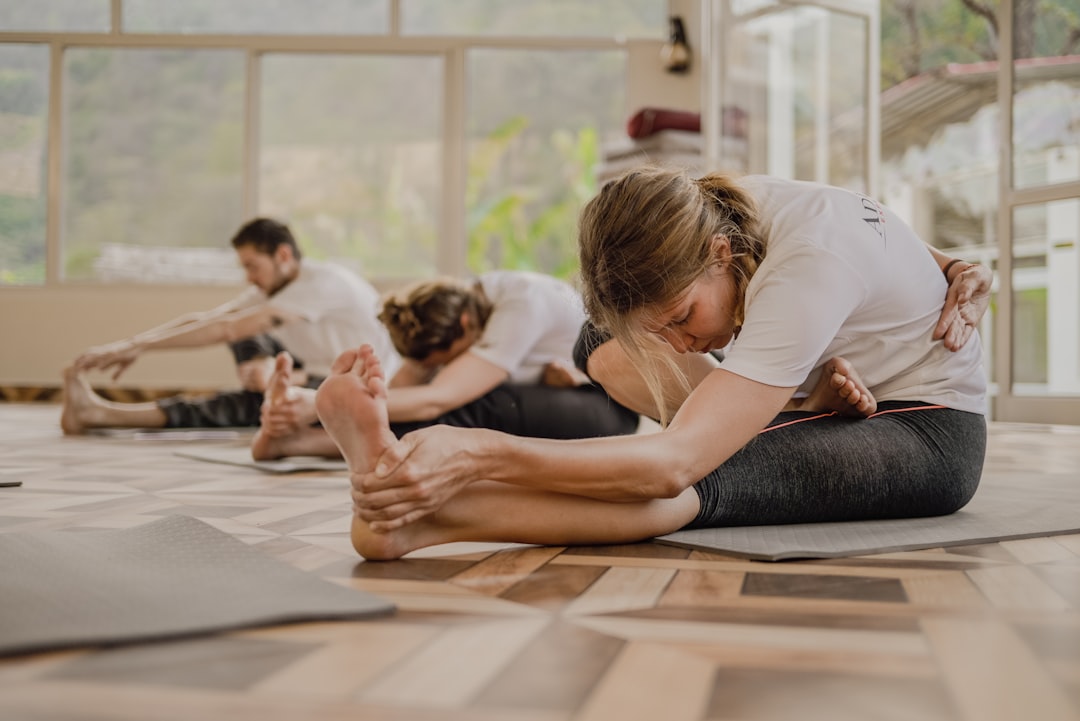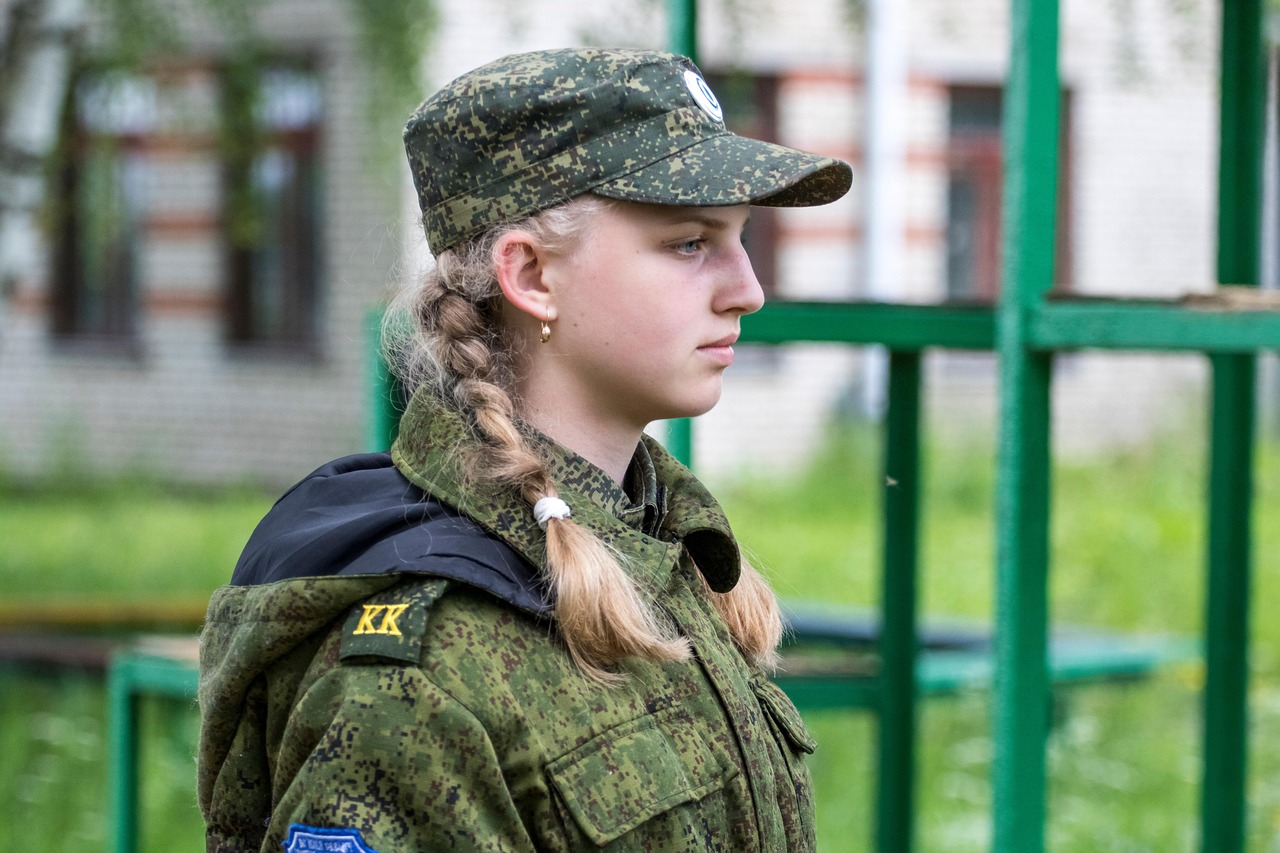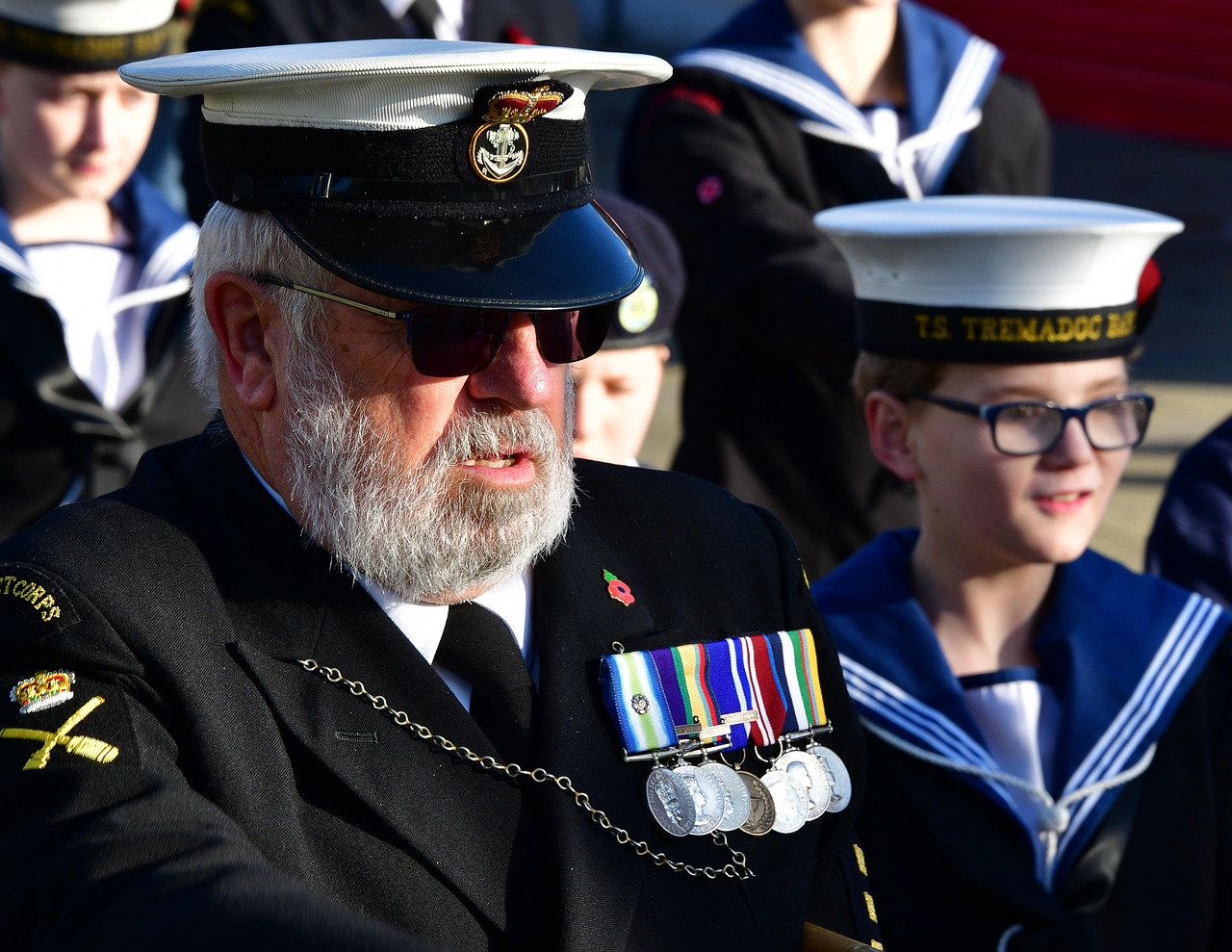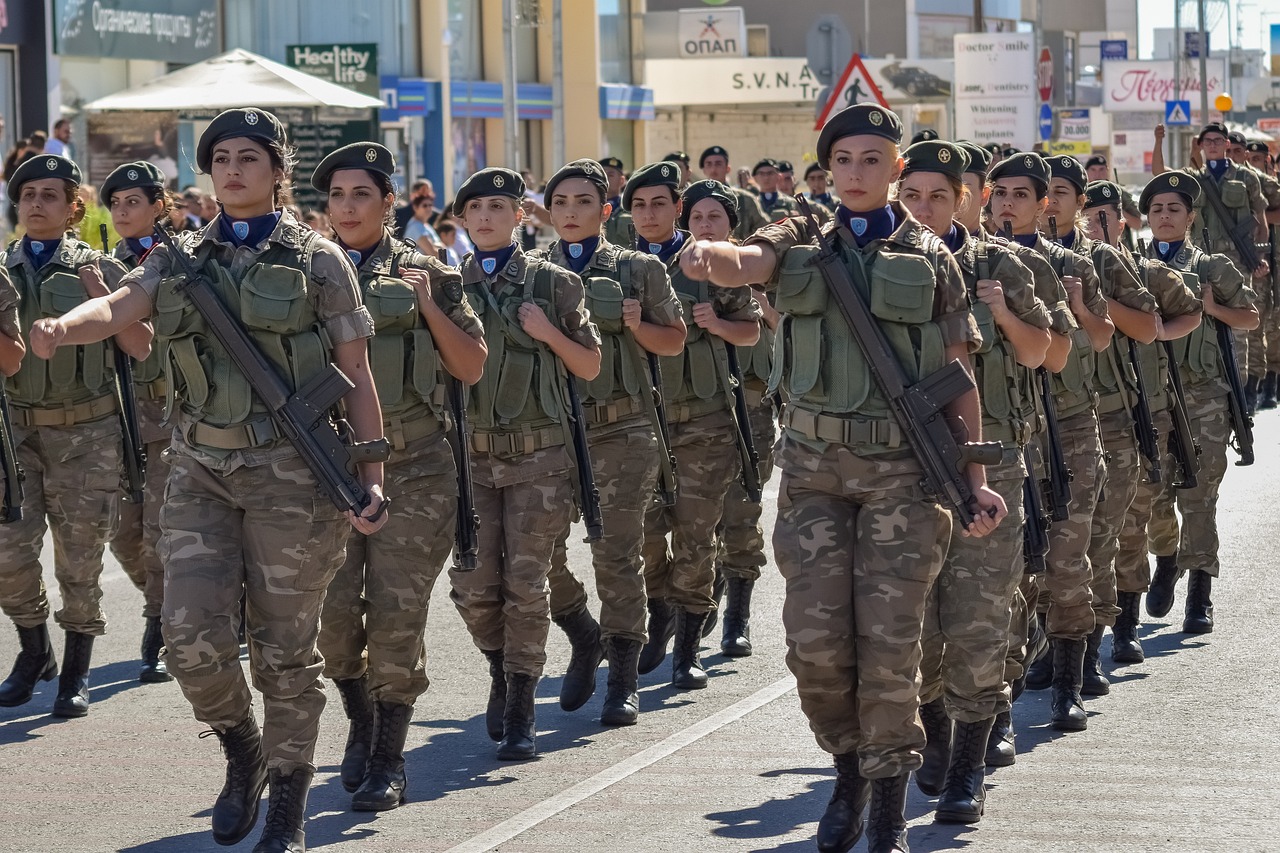Although it has always been thought of as a male-dominated field, it is crucial to acknowledge the rising number of female veterans. When returning to civilian life, these women encounter different obstacles from their male counterparts, whether they are on the front lines or not.
Although women have been in the military since the Revolutionary War, it wasn’t until 1976 that they were officially accepted into every arm of the service. About 10% of veterans are women, and 20% of new hires are women.
Compared to male veterans, women veterans are more likely to experience unemployment and homelessness. Additionally, they experience a higher incidence of psychological health problems like PTSD and depression. Additionally, they frequently have to deal with sexual harassment and abuse of their male coworkers.
Despite all of these difficulties, female veterans continue to persevere and act as role models for coming generations of women. They are leaders, engineers, pilots, and physicians. They represent the fortitude, perseverance, and commitment that are vital to the success of our armed forces.
We need to acknowledge and appreciate the sacrifices and contributions made by women veterans. They should also have the help and tools they need to return to civilian life. We may accomplish this by making sure that all veterans, regardless of their gender, receive the respect and gratitude they deserve for serving our nation.

